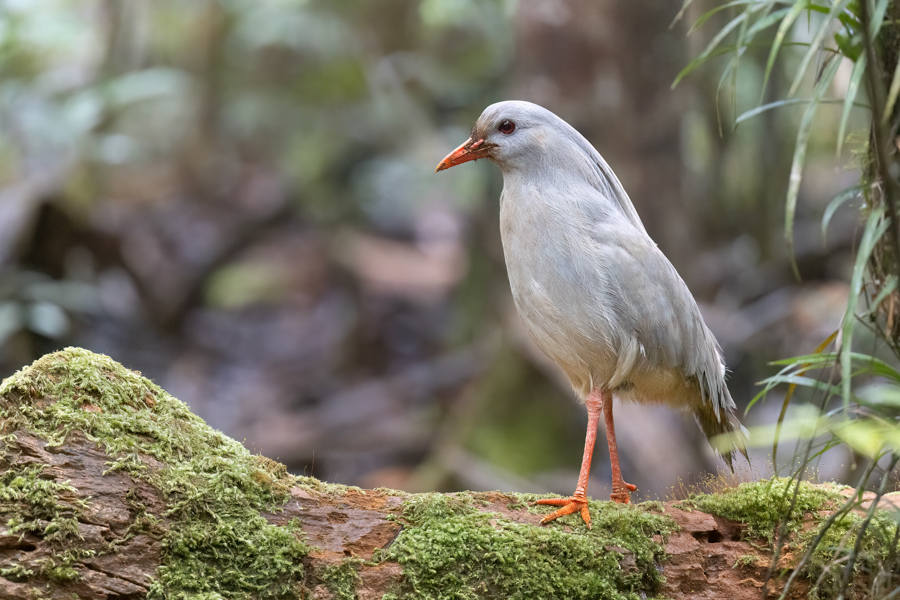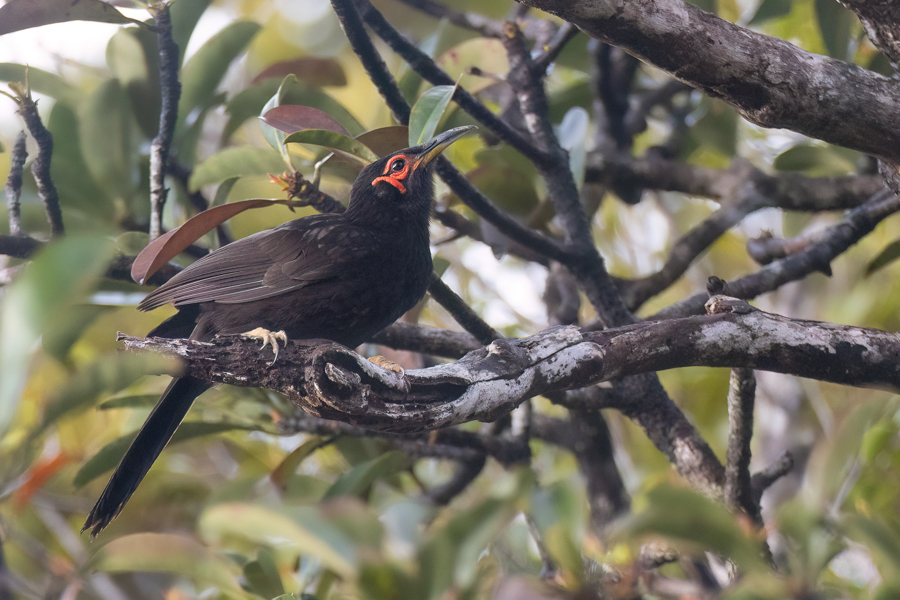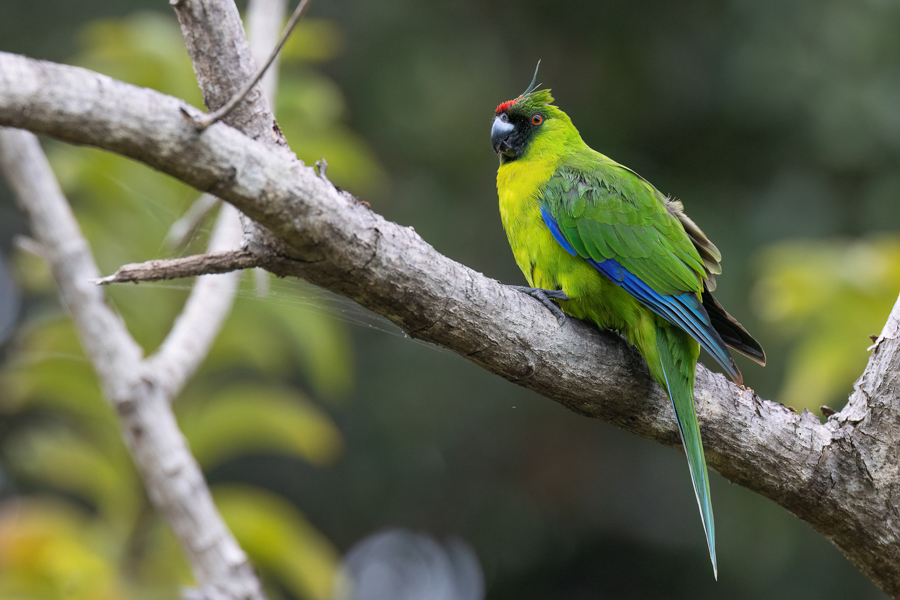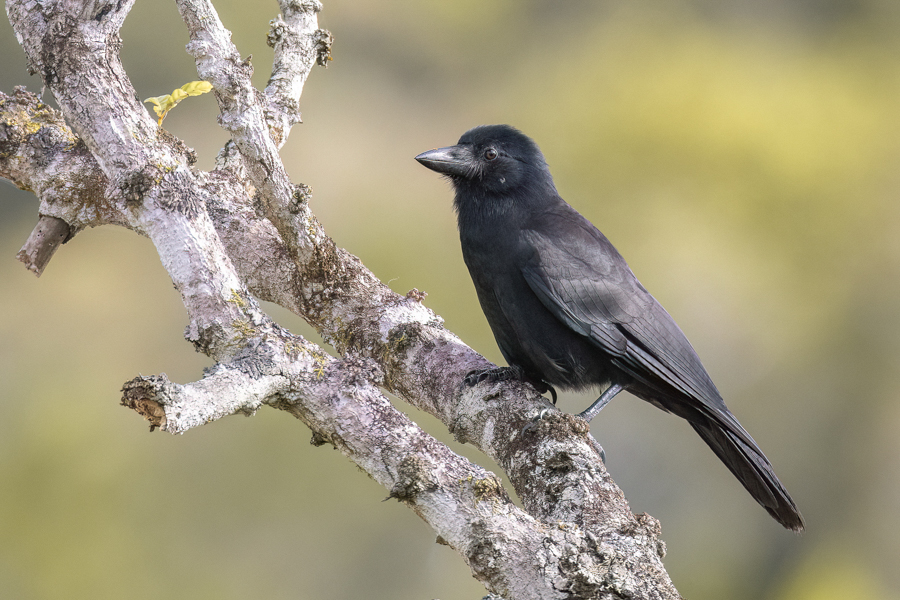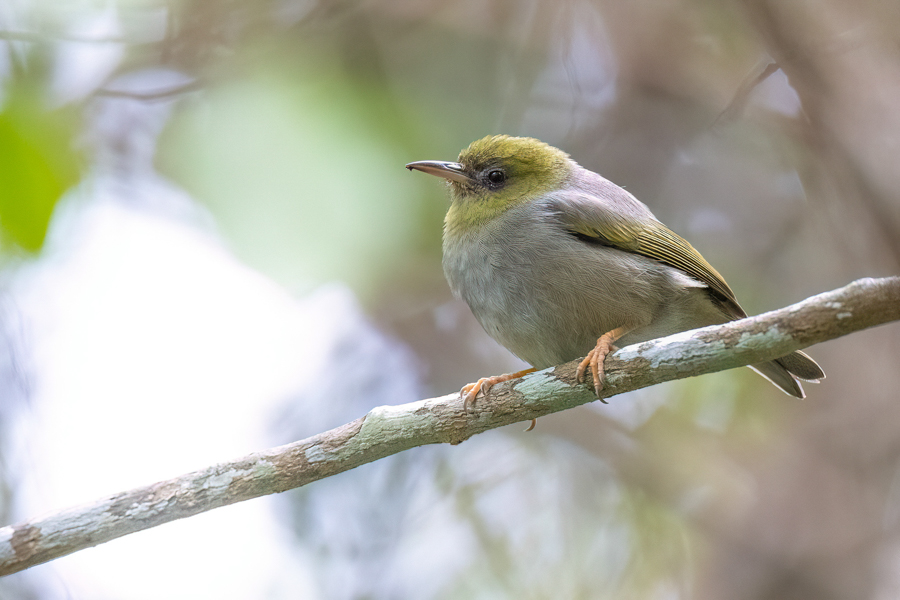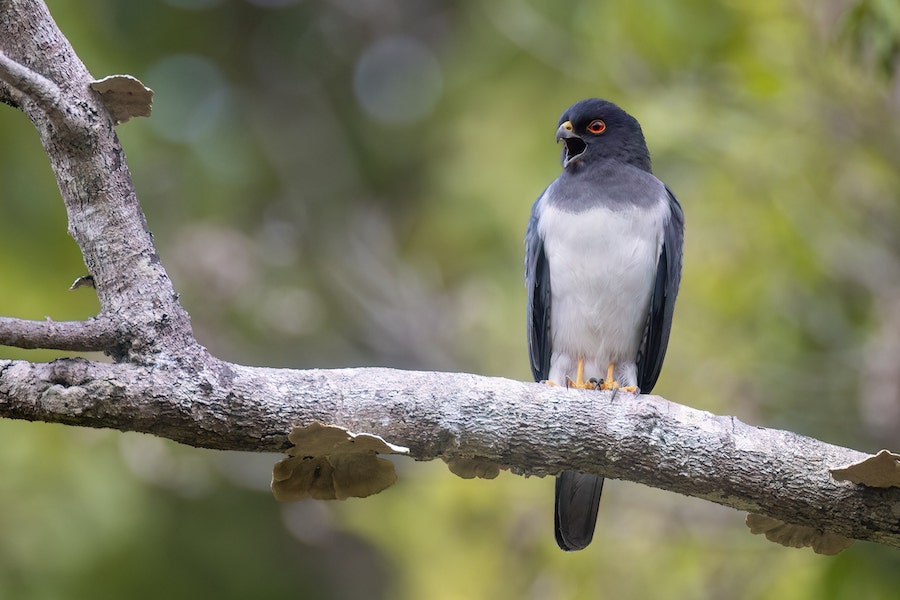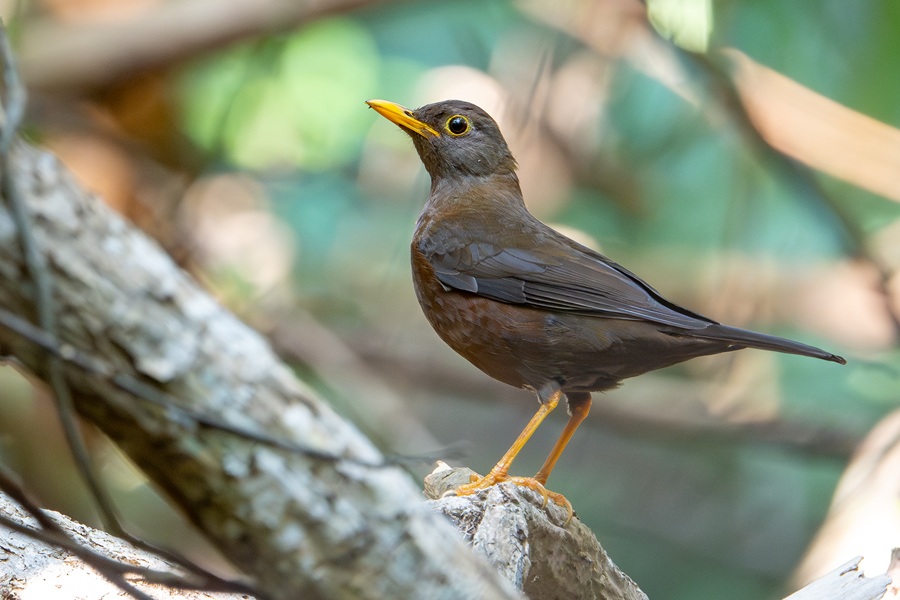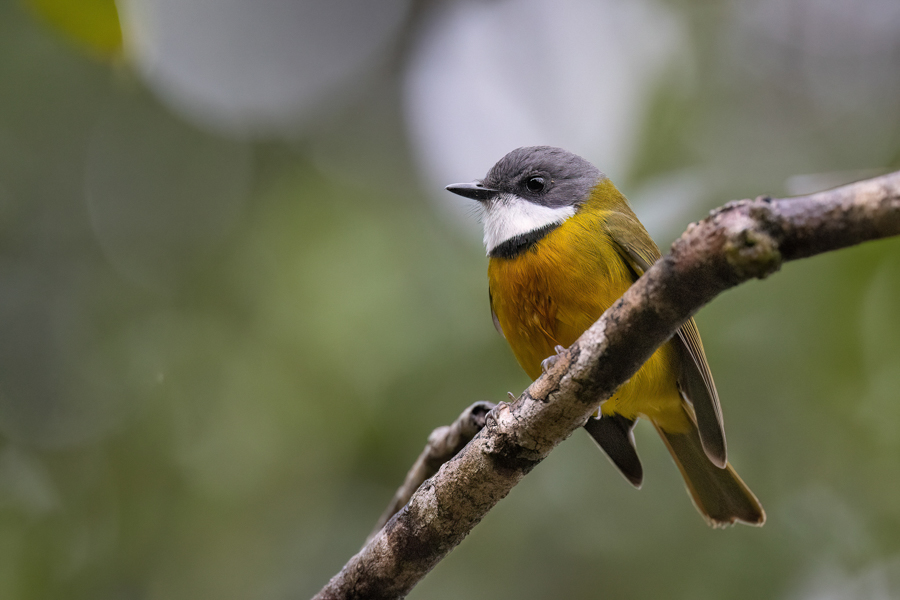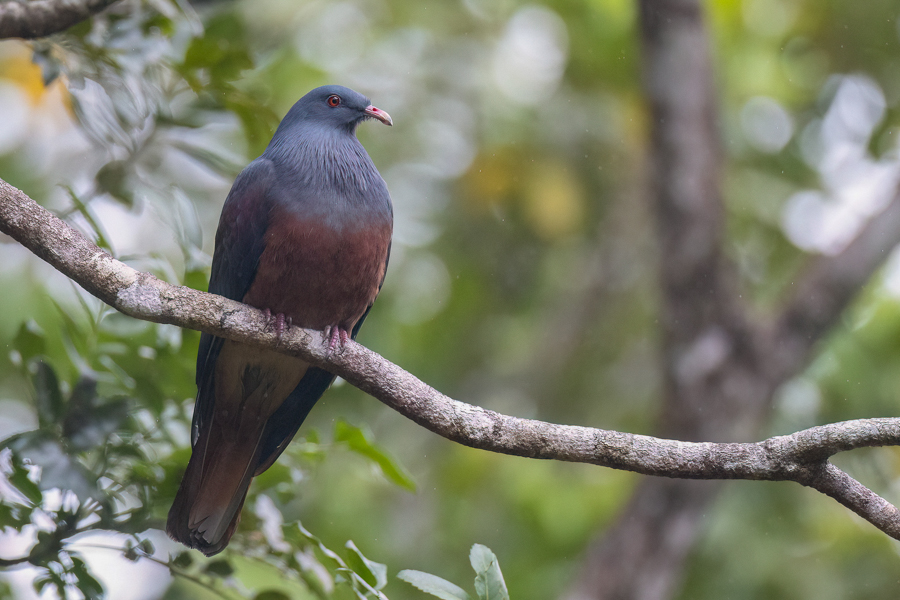New Caledonia
Must-see birds such as Kagu, Cloven-feathered Dove, Horned Parakeet, the highly-threatened Crow Honeyeater, the tool-using New Caledonian Crow, and Red-throated Parrotfinch. This short and easy tour aims to record all of the extant endemics and some top Melanesian specialties in just over a week of birding! We use a top local guide in Rivière Bleue Reserve which will make finding the increasingly difficult Crow Honeyeater much easier, and we also have permission to visit Neba Island where New Caledonian Island-Thrush is abundant.
Next Dates
29 July - 5 August 2026 (8 days)
Leaders:
Donna Belder
Group Size Limit:
6
Single Room Supplement: $
400 USD
Deposit: $
750 USD
Price: $
4200 USD
Add a Title
Leaders:
Donna Belder
Group Size Limit:
Add a Title
Single Room Supplement: $
TBD
Deposit: $
TBD
Price: $
TBD
Add a Title
29 July - 5 August 2027 (8 days)
Leaders:
Donna Belder
Group Size Limit:
6
Single Room Supplement: $
400 USD
Deposit: $
750 USD
Price: $
4500 USD
Add a Title
Leaders:
Donna Belder
Group Size Limit:
Add a Title
Single Room Supplement: $
TBD
Deposit: $
TBD
Price: $
TBD
Add a Title
Accommodation:
All comfortable hotels.
Walking difficulty:
All very easy.
Tour cost includes:
All accommodation, main meals, drinking water, all internal flights (as stated in itinerary), overland transport, tips to local drivers and guides, travel permits, entrance fees, and guide fees.
Tour cost excludes:
Flights before and after the tour start/end, visa, travel insurance, tips to tour leaders, laundry, drinks, and other items of a personal nature.


Day 1: Arrivals into Nouméa International Airport (NOU) in New Caledonia, for overnight in the city.
Day 2: Departing early, Grandes Fougères Reserve will be our destination today. Our key targets here are the stunning Cloven-feathered Dove and the famous tool-using New Caledonian Crow, two species not likely elsewhere on the itinerary. Other endemics we can see here for the first time include White-bellied Goshawk, Goliath Imperial Pigeon, New Caledonian Parakeet, New Caledonian Myzomela, New Caledonian Friarbird, New Caledonian Cuckooshrike, Striated Starling, New Caledonian Whistler, and Green-backed White-eye. Other more widespread species, such as Rufous Whistler, Southern Shrikebill and South Melanesian Cuckooshrike are also possible. Night in Bourail.
Day 3: We spend the morning targeting the shy New Caledonian Thicketbird and attractive Red-throated Parrotfinch on some vegetated grassy hillsides. Once done we will drive to the far north of the island, a little off the beaten track! Night in Poum.
Day 4: Today we will be amongst the first foreigners to be welcomed onto the small island of Neba, where the newly-split and Critically Endangered endemic New Caledonian Island-Thrush was rediscovered in 1978, the island to this day being completely devoid of Black Rats. The bird is common in coastal mangrove forest here, and after enjoying the species for a while it will be time to head back south. We will be able to try again for the dove or thicketbird this afternoon if needed. Night in Noumea.
Day 5: Today we will take an early flight to Ouvéa Island, and return in the afternoon. This remote island hosts the beautiful Ouvea Parakeet which should give very good views. We will take some time to see the vocally-distinct New Caledonian form of Fan-tailed Cuckoo (which is common here), while seabirds such as Tahiti Petrel and Wedge-tailed Shearwater are possible from a nearby headland if the winds are strong. Night back in Nouméa.
Day 6: Another morning flight over to the island of Lifou, the largest of the Loyalty Islands. Here we will search for the very common Small Lifou White-eye and the somewhat uncommon Large Lifou White-eye. Additionally, both Red-bellied Fruit Dove and Cardinal Myzomela are quite common here. Night back in Nouméa.
Day 7: Finally we visit the incredible forest of the Rivière Bleue Reserve. This refuge preserves the best remaining forests in New Caledonia and is home to the incomparable Kagu, which is endemic to New Caledonia. The Kagu is the island’s national bird, but because of deforestation and predation, the species is now seriously Endangered, with fewer than 2000 birds surviving. There are lots of exceptional things about this iconic bird: it looks prehistoric and seems to belong to another age, having evolved in isolation over millions of years, it is a little larger than a night-heron and it is flightless, being the only member of the family Rhynochetidae.
Our other main target is the Critically Endangered giant Crow Honeyeater, for which our local guide typically knows the best flowering trees. We should have seen all the other endemics by this point of the trip, but the park offers a good backup for the beautiful Horned Parakeet, confiding Yellow-bellied Flyrobin, and scrub-loving Barred Honeyeater, amongst many of the aforementioned species. Night in Nouméa.
Day 8: After another morning in Rivière Bleue, the tour ends this afternoon with international departures from Nouméa International Airport (NOU).

